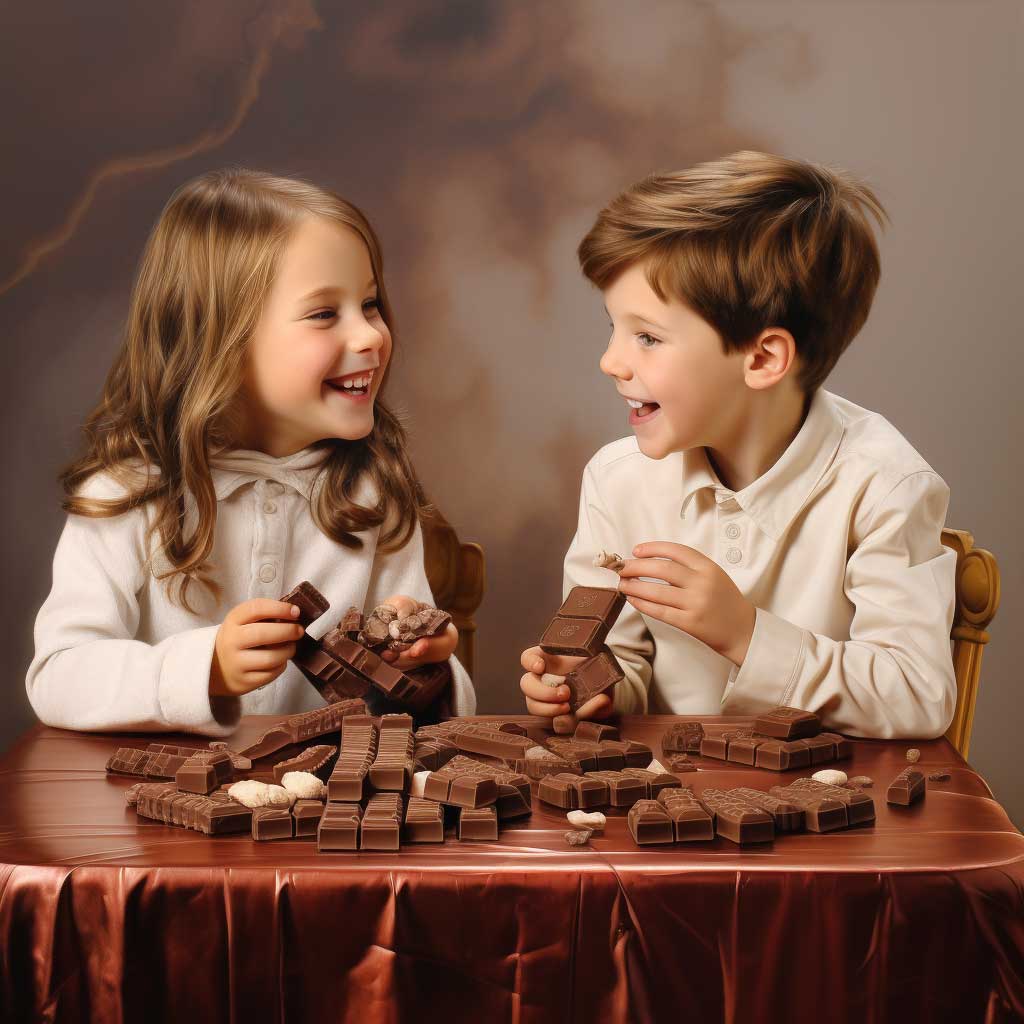
Indulging in a piece of chocolate is a universal pleasure that transcends borders, cultures, and time. The velvety richness, the heavenly aroma, and the satisfying sweetness of chocolate have captured the hearts of millions for centuries. In this extensive exploration, we delve into the fascinating history of chocolates, tracing their origins, evolution, and the diverse cultural significance they hold worldwide.
Our chocolate journey begins in Mesoamerica, where ancient civilizations cultivated the cacao tree and discovered the enchanting properties of its beans. The Olmecs, Mayans, and Aztecs revered cacao as a divine gift, using it in rituals, beverages, and as currency. The Mayans, in particular, created a frothy chocolate drink called “xocolātl,” made from crushed cacao beans, water, and spices, laying the foundation for the modern-day love affair with chocolate.
As explorers like Christopher Columbus and Hernán Cortés introduced chocolate to Europe in the 15th and 16th centuries, it underwent a transformation. Initially consumed as a beverage, chocolate became a luxury reserved for royalty and the elite. Spanish aristocrats embraced it, adding sugar to sweeten the bitter concoction. Soon, chocolate houses sprang up across Europe, contributing to the rise of a burgeoning chocolate culture.
The 19th century witnessed a chocolate revolution with the invention of the cocoa press by Coenraad Van Houten in 1828. This innovation allowed for the extraction of cocoa butter, resulting in the creation of cocoa powder. The accessibility of chocolate increased, making it a treat for the masses. Companies like Cadbury, Nestlé, and Hershey’s emerged during this era, leaving an indelible mark on the global chocolate industry.
The 20th century brought further innovations, such as the development of milk chocolate, white chocolate, and various confectionery techniques. Chocolates became not just a treat but a cultural symbol, associated with celebrations, romance, and comfort. From the iconic Toblerone to the classic Snickers bar, the chocolate landscape diversified, offering a myriad of flavors, textures, and experiences.
As we traverse the globe, we encounter a delightful array of chocolates that showcase the diverse ways cultures have embraced and adapted this beloved confection. Here are five famous kinds of chocolates from around the world:
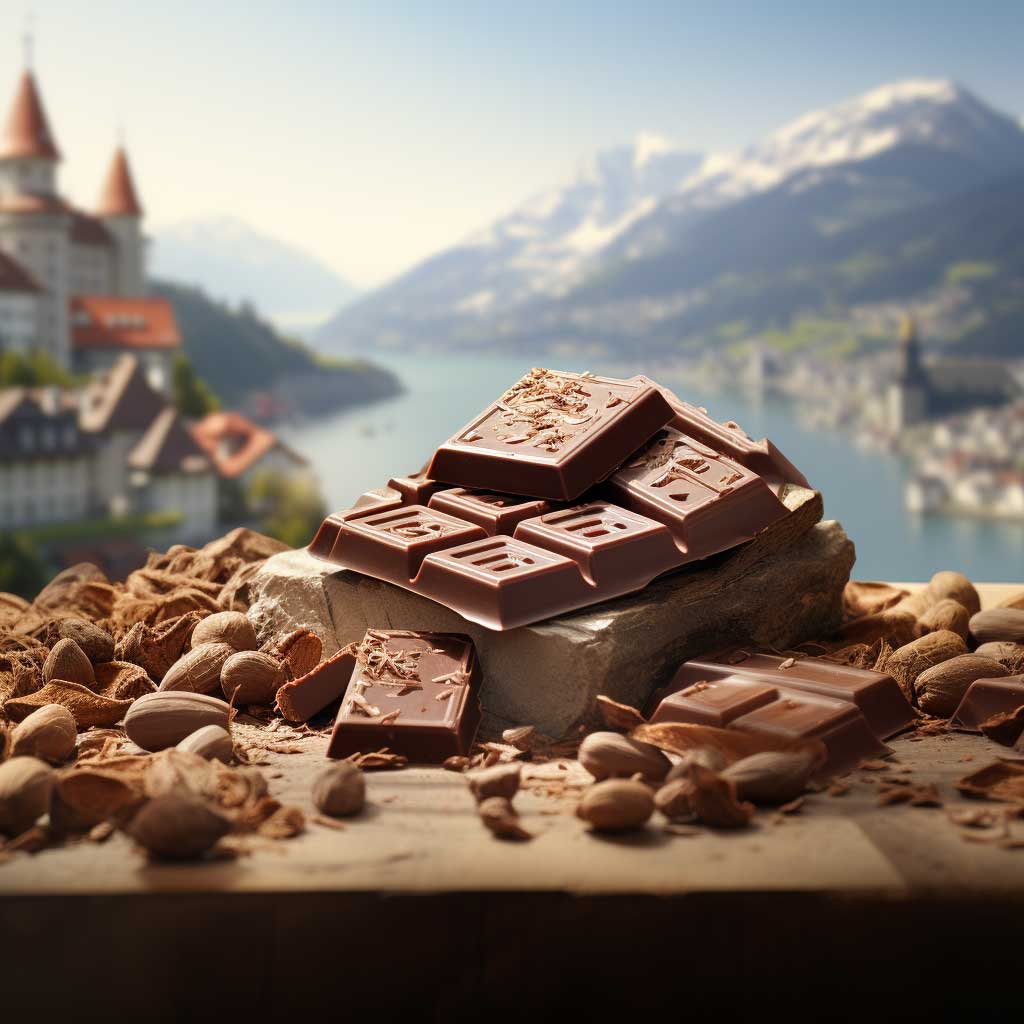
Renowned for its smoothness and craftsmanship, Swiss chocolate has a global reputation for excellence. Brands like Lindt and Toblerone have become synonymous with quality. Swiss chocolatiers often combine rich cocoa with Alpine milk, creating a creamy and luxurious texture that delights the senses.
GO TO THE RECIPE
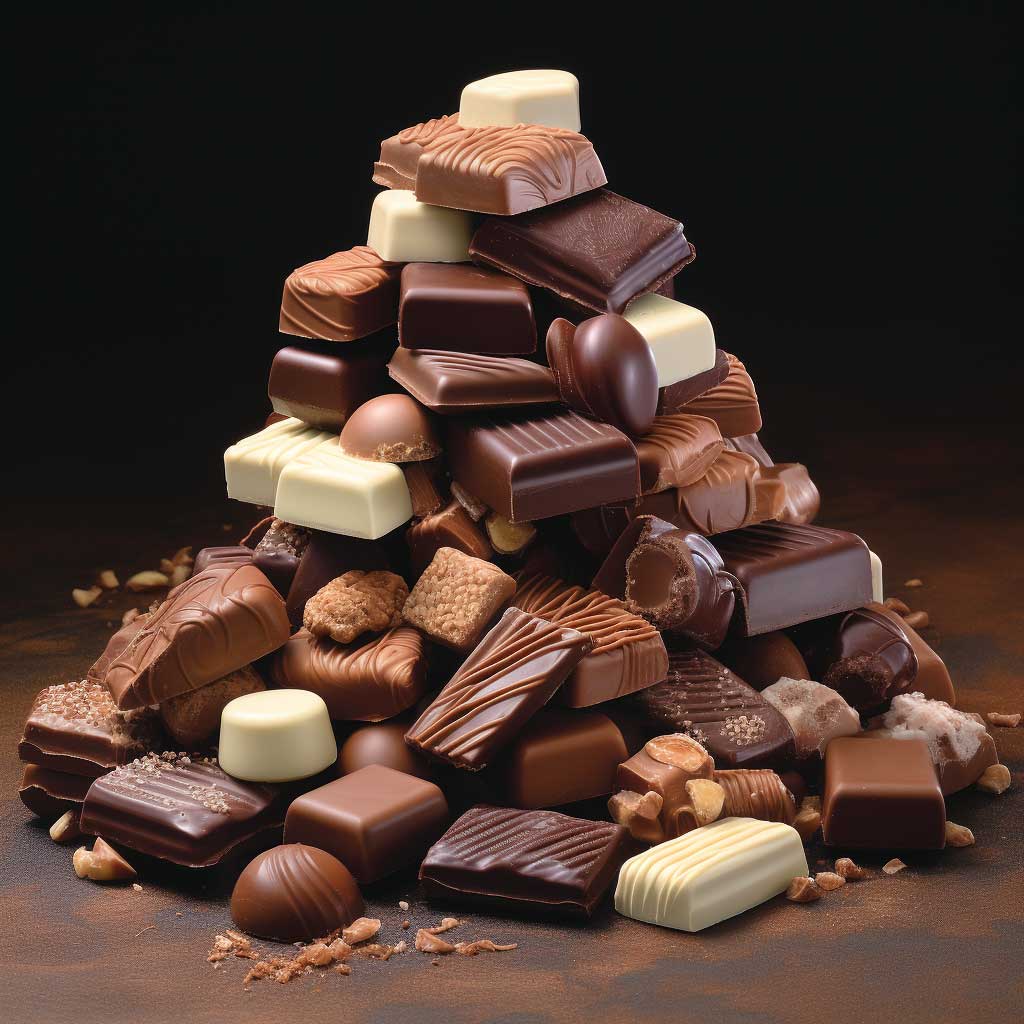
Belgium, another European powerhouse in the chocolate world, is celebrated for its artisanal approach and commitment to quality ingredients. Belgian chocolates boast a velvety texture and a wide range of flavors, with pralines, truffles, and ganaches being particularly popular. Brands like Godiva and Neuhaus have become international ambassadors of Belgian chocolate expertise.
GO TO THE RECIPE
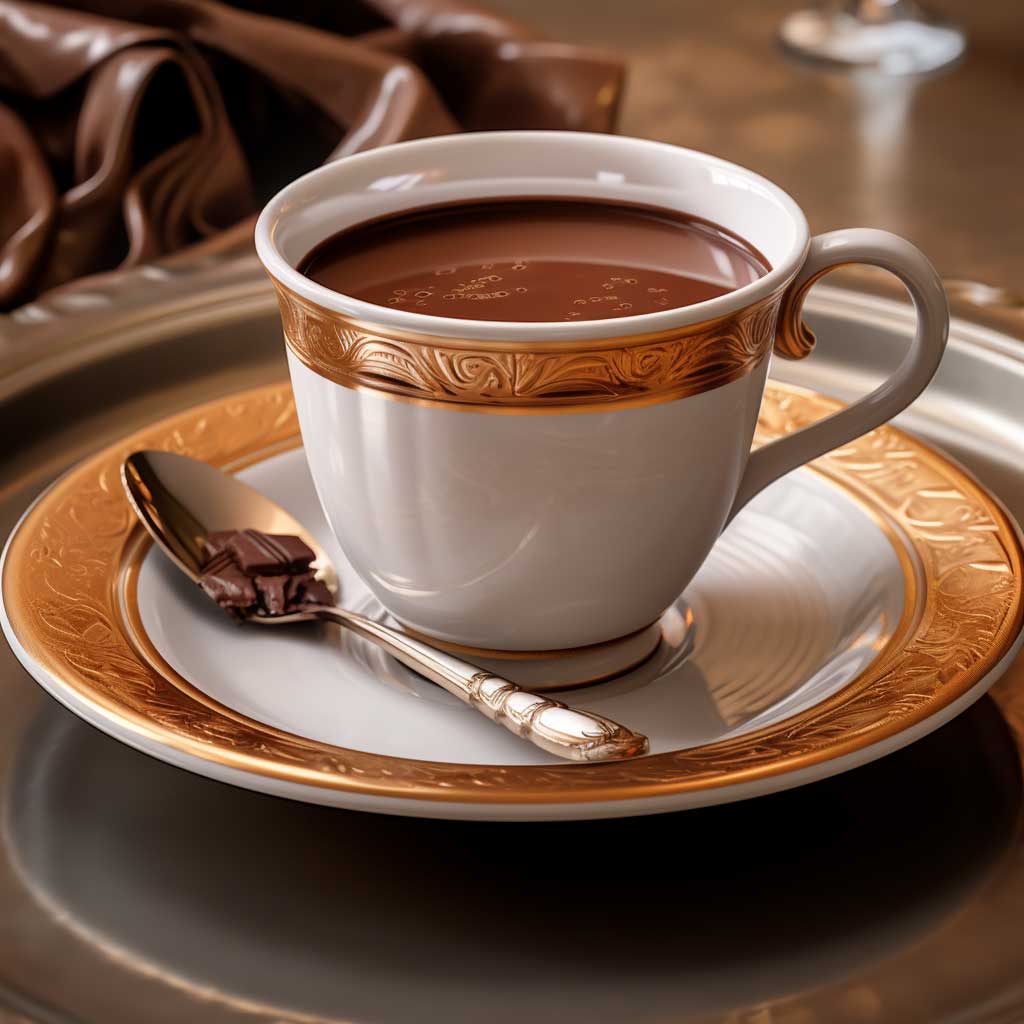
Italy, known for its culinary prowess, has a unique take on chocolate. Italian chocolate, or cioccolato, is often characterized by its intense flavor profile. Dark chocolates with high cocoa content are favored, and Italian artisans infuse creativity into their confections, incorporating ingredients like hazelnuts, fruits, and spices for a delightful culinary experience.
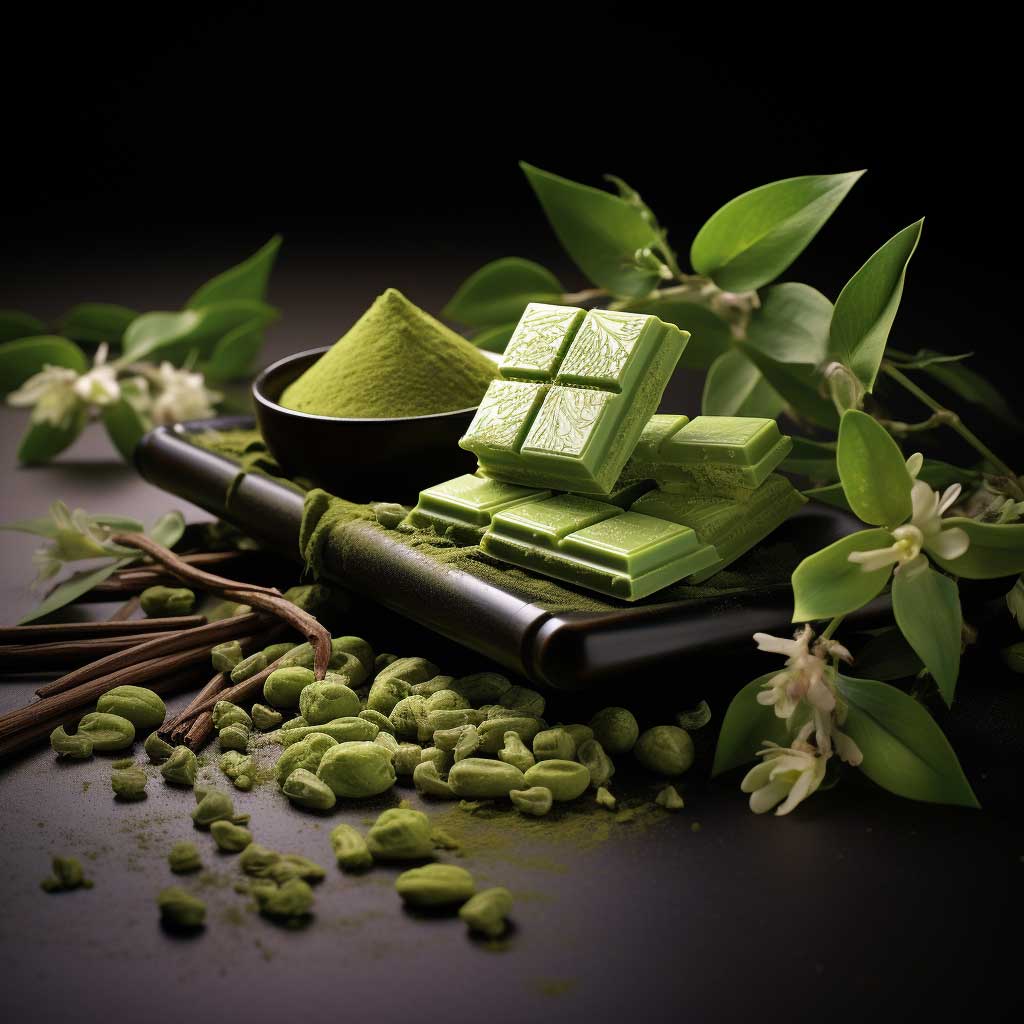
In Japan, where traditional meets modern, matcha-flavored chocolates have gained immense popularity. Matcha, a finely ground green tea powder, imparts a unique and earthy flavor to chocolate. Japanese chocolatiers experiment with this exquisite combination, creating a harmonious blend of bitter and sweet that reflects the country’s commitment to precision and innovation.
GO TO THE RECIPE
As we conclude our journey through the tantalizing world of chocolates, it becomes evident that this beloved treat is more than a confection; it’s a cultural phenomenon. From its ancient roots in Mesoamerica to the global empires of Swiss and Belgian chocolate, each chapter in the history of chocolate reveals a story of innovation, craftsmanship, and unbridled passion.
As we savor the diverse flavors and textures offered by chocolates around the world, it’s clear that this delectable creation has transcended its humble beginnings. Chocolate has become a universal language, a sweet indulgence that connects us across time and space. So, the next time you unwrap a piece of chocolate, take a moment to appreciate the rich history and global journey encapsulated within that simple, blissful bite.
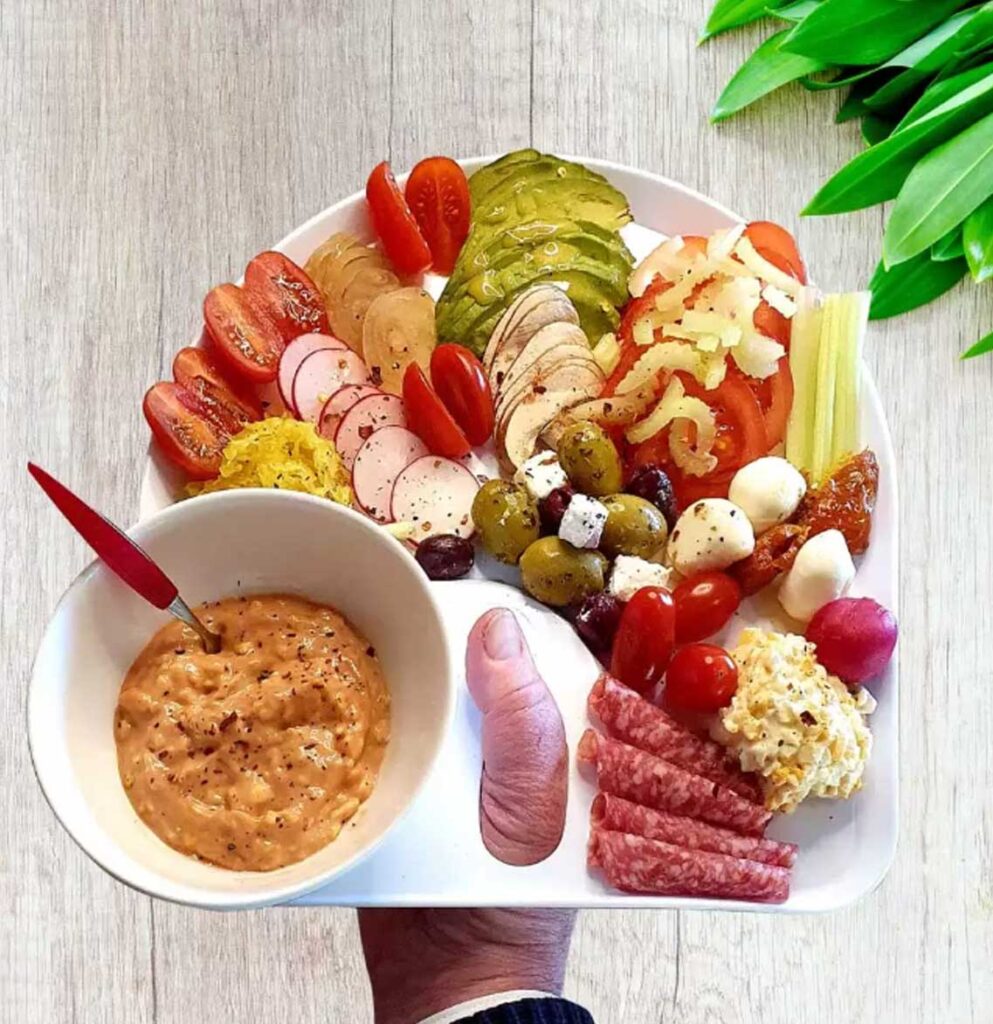
Impress your friends with this amazing new innovation.
Hold your food and drink in one hand while you eat with the other

Immerse yourself in a fusion of flavors and entertainment as we intertwine the realms of food and living.